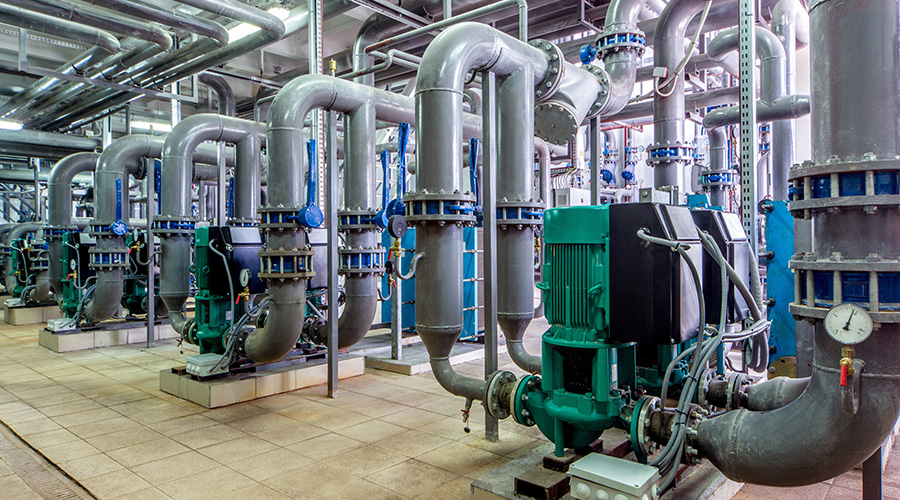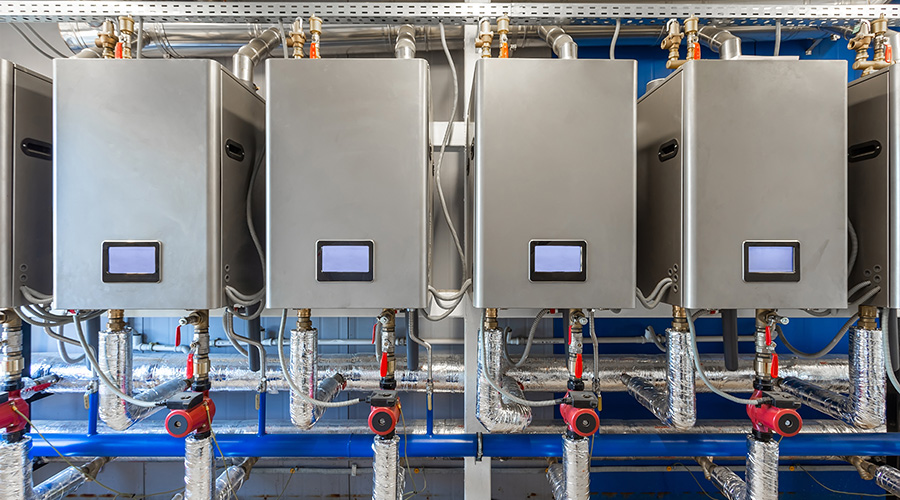In-Duct UVC Systems Can Combat HVAC Microbial Growth
In the absence of coil treatment, much of the moisture build-up on the coil won't drain into the condensate pan but instead can blow off the coil and enter the airstream in aerosol form, particularly when thick biofilms cause a higher velocity airflow across the coils. If the HVAC system uses in-duct filters, one potential result of this situation is a soggy filter element that provides another potential home for microbial growth. A second UV light source at the filter — an in-duct UVC system — is one way to further combat microbial growth.
"With in-duct systems, the humidity levels can affect system performance," Stephen Martin, occupational and health safety engineer for the Center for Disease Control says. "When humidity levels are above 50 or 60 percent, the same amount of [ultraviolet] energy doesn't adequately kill microorganisms."
Another consideration when using in-duct systems is the exposure time that microorganisms have to the UV source. With coil systems, exposure can literally be indefinite, as long as the UV bulb is on.
But in-duct systems have airflow that's usually measured in hundreds or thousands of cubic feet per minute. "The kill rate is subject to time," says Engel. "Obviously, air stream sterilization doesn't have the time to kill microbes that coil cleaning does."
But that's not to say that it is ineffective. Instead, manufacturers usually use more UV bulbs at a higher dosage to achieve the desired result. Chapter 60 of the 2011 ASHRAE Handbook says, "In contrast to air disinfection irradiance levels, which may exceed 1000 µw/cm2, coil surface irradiance levels on the order of 1 µw/cm2 can be effective, although 50 to 100 µw/cm2 is more typical."
Several peer-reviewed studies during the last decade have indicated that the kill rate is above 98% for many — though not all — microbes.
For those microbes, especially microorganisms in spore form, manufacturers often use a filter to capture them and expose them to UV light for a longer time.
"There are some microorganisms (aspergillus, for example) and some bacteria (like bacillus) that are harder to inactivate, but larger, so we can trap them in a filter and give them the needed exposure," says Leach.
"Often spore varieties have tougher outer shells and require more dosage," says Kathi Million, sales manager for UVDI. "We call this our 'catch and kill' system and use filters to help subject them to UV light when deactivating the microbes."
Related Topics:













